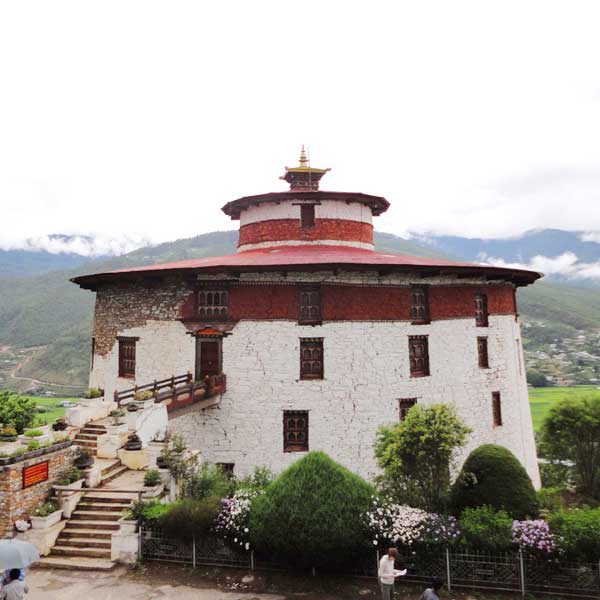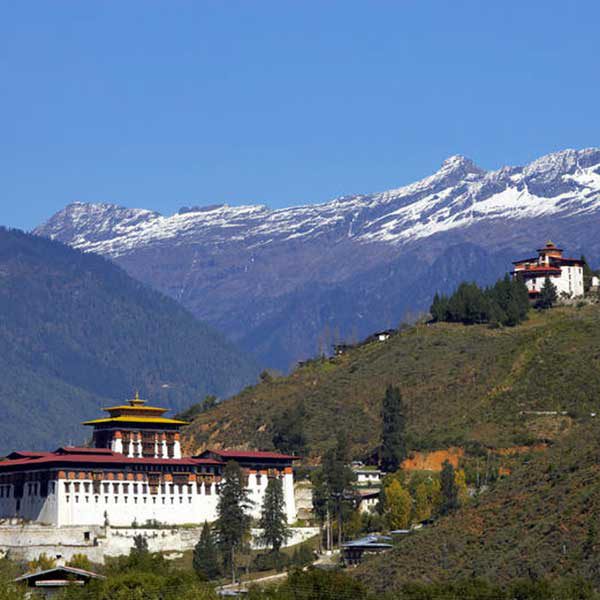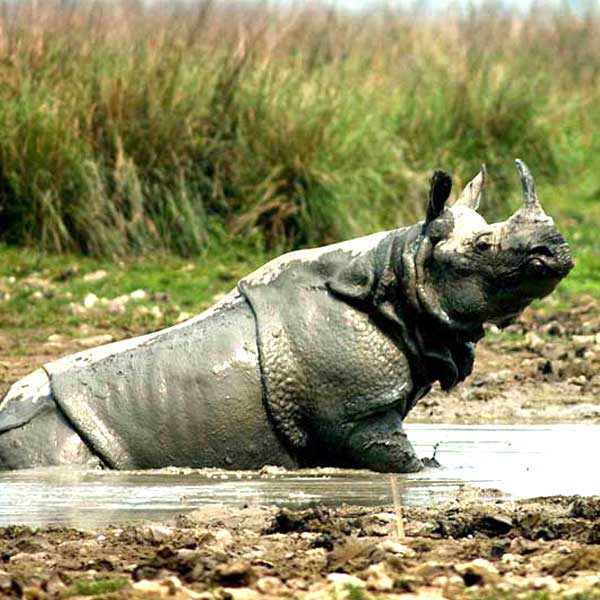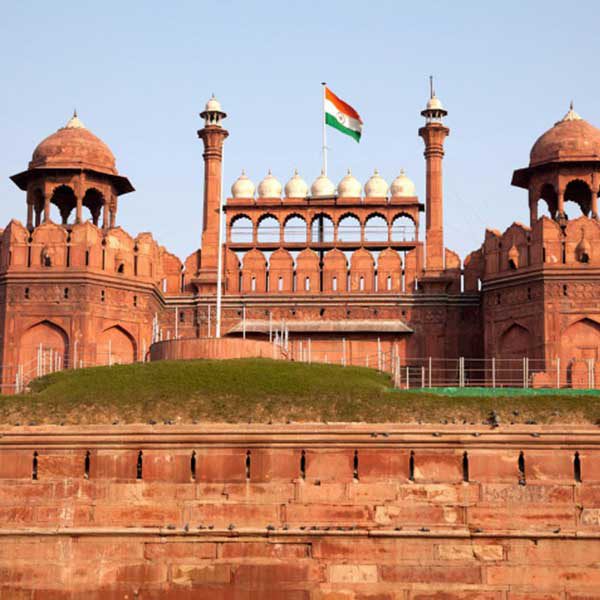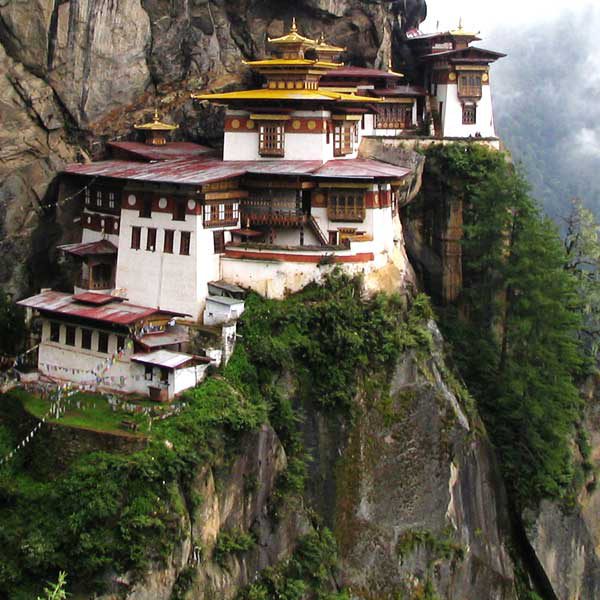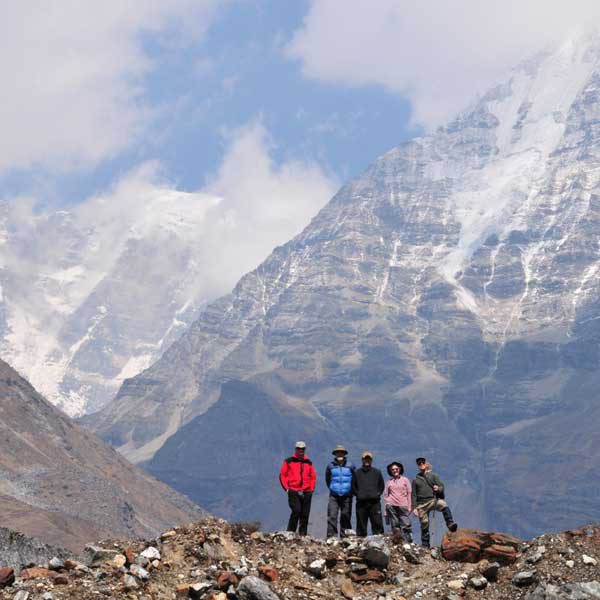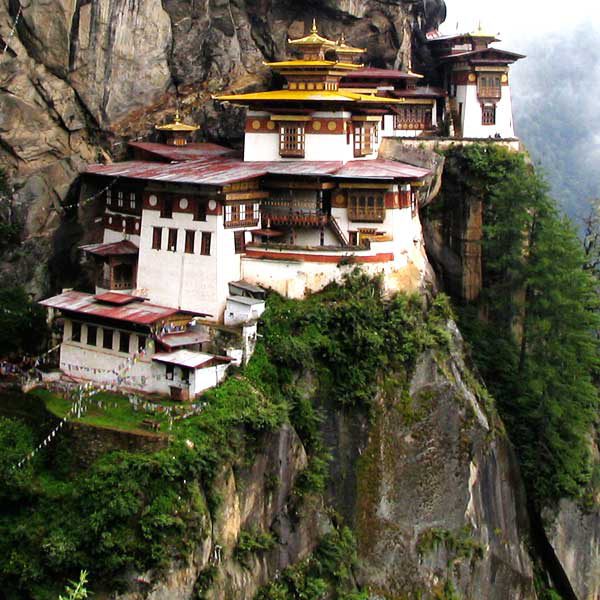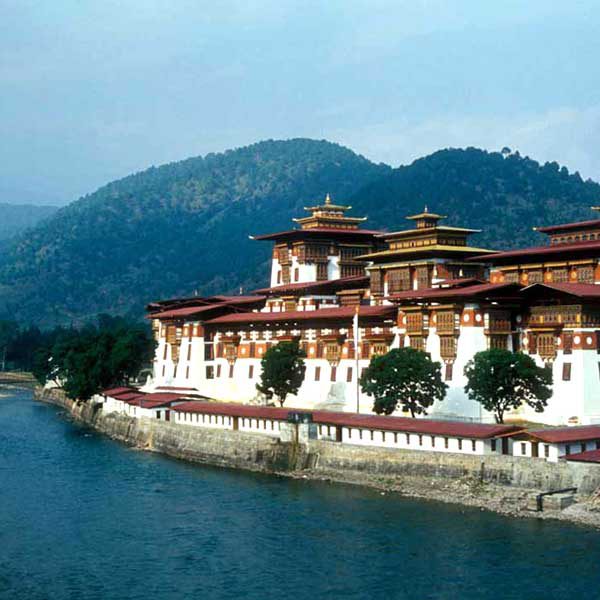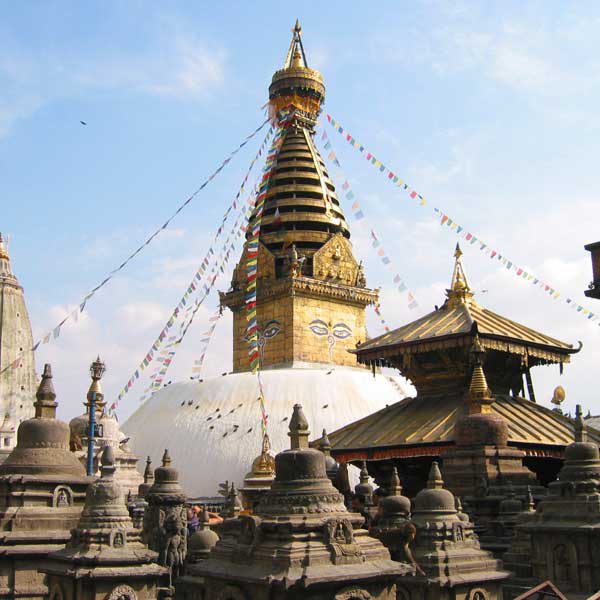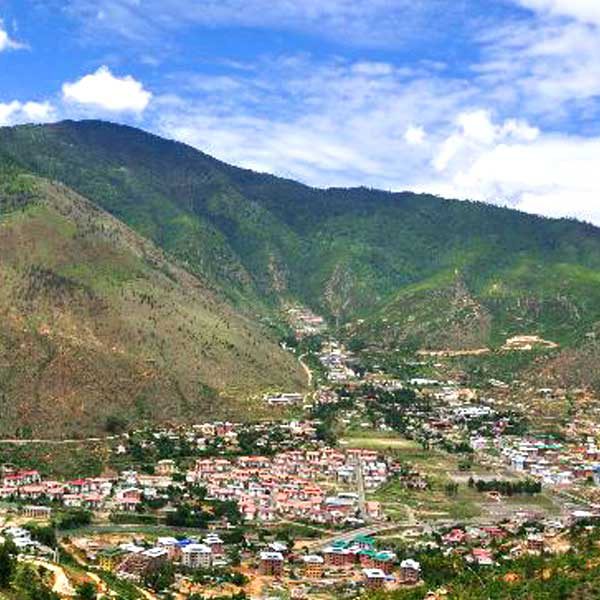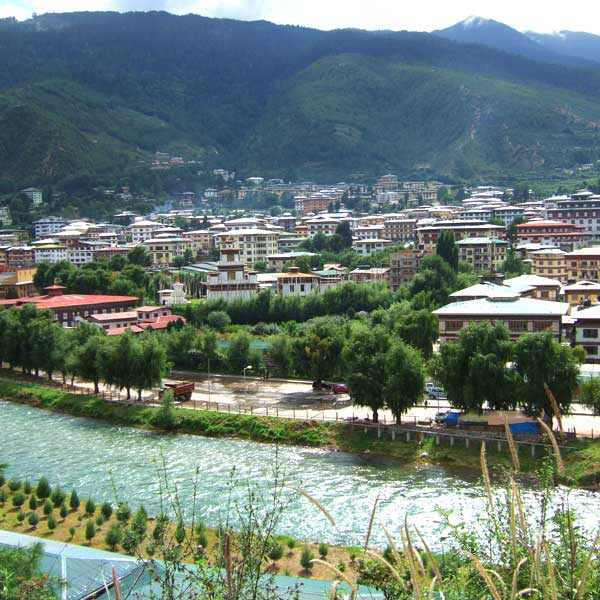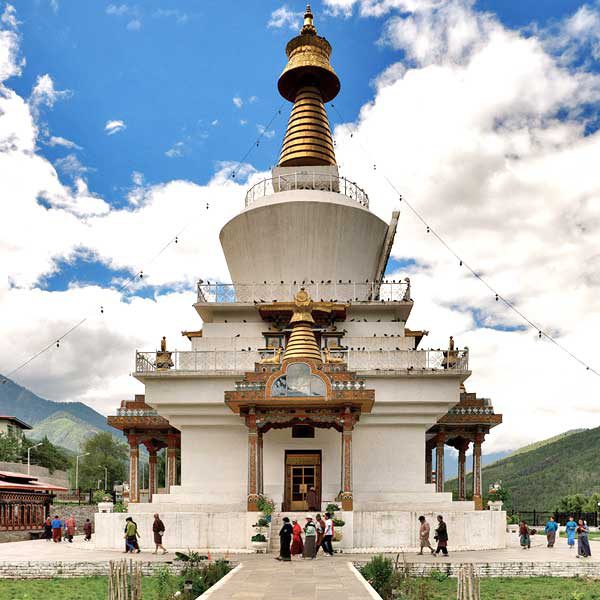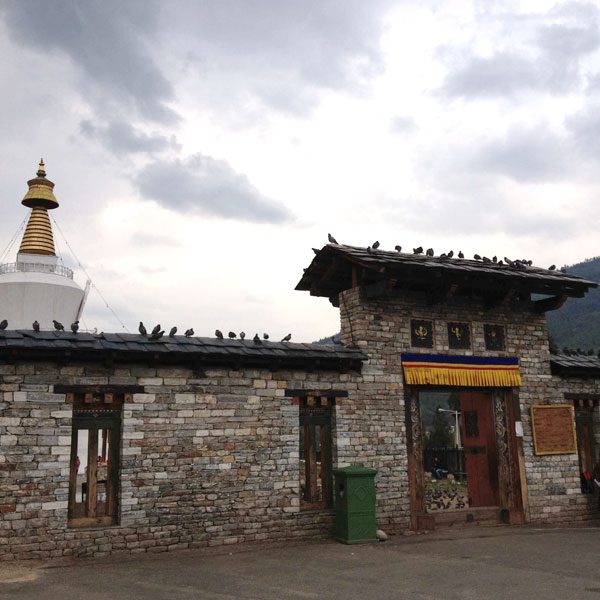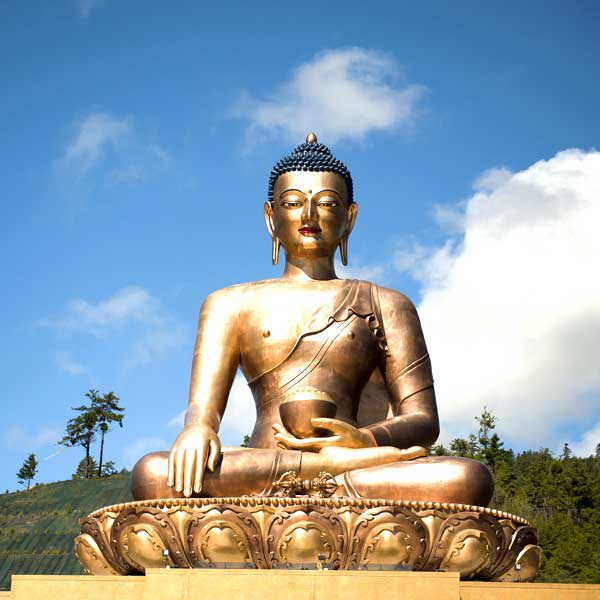Description
Day 01: Arrival in Delhi / Ghuwahati / Samdrup
Arrival in Delhi and take another flight for Ghuwahati. Upon arrival transfer to Samdrup.
Rest the day is free at leisure.
Overnight in the hotel.
Day 02: Samdrup Jongkhar – Trashigang (180 Kms)
In the morning drive to Trashigang. Samdrup Jongkhar – Trashigang road completed in 1965 and the journey take about 5- 6 hours
On the way visit Zangtho Pelri temple built in 1978 by the late Minister of Home Affairs. It represents Guru Rinpoche’s paradise.
On arrival in Trashigang, check in at the hotel.
Overnight at the hotel in Trashigang.
Day 03: Trashigang (excursion to Trashiyangtse)
24 km from Trashigang, visit the temple of Gom Kora, set on a small alluvial plateau, overlooking the river. Gom Kora is a famous place where Guru Rinpoche subdued a demon. Further ahead reach to Doksum village where you can see women busy in weaving traditional Bhutanese fabric and a chain bridge dating of the 15th century.
Visit Trashiyangtse Dzong, situated at the alt. of 1,850 m. In former times Trashiyangtse was important centre because it lies on one of the caraven routes leading from western and central Bhutan.The dzong is new and near by are the Art school and the famous chorten Kora.
Evening return to Trashigang. Dinner and overnight at the lodge in Trashigang.
Day 04: Trashigang – Gom Kora – Mongar
Morning drive to Mongar enroute visiting Gom Kora.
The temple of Gom Kora, set on a small alluvial plateau, overlooking the river, 24 km from Trashigang. Gom Kora is a famous place, as Guru Rinpoche is said to have sub-dued a demon here, trapping it in a rock.
Trashigang to Mongar drive takes about 03 hrs driving distance. After zig-zagging climb the hillside and the road along the Gamri River, takes to Yadi. Further you will reach Kori-la pass (2,450m/8,040ft), marked by a pretty chorten and a mani wall. The last part of drive through leafy forest filled with ferns takes you to Mongar.
After check-in you will visit Mongar Dzong, rebuilt in 1953 and is bit unusual with two main entrances. It is two-storey high with the utse (central Tower) in the centre of the courtyard. It is much smaller as compared to the other Dzongs in Bhutan.
Overnight at the hotel in Mongar.
Day 05: Mongar – Bumthang
In the morning drive to Bumthang. This journey winds through more rugged terrain. The drive to Bumthang takes about 6 hours with spectacular view en route.
After first stop at 700m/2,300ft, you will the Kurichu River. You will see the vegetation changes from subtropical to alpine with the increase in altitude.
Driving further, you will on Bhutan’s motorable road network, Thrumshing-la pass (4,000m/13,125 ft). Then you will descent to Ura Village.
Ura village have clustered houses, which is quite unusual in Bhutan. Above Ura village (3,100m) is a new temple dedicated to Guru Rinpoche. Inaugurated in 1986, it contains a huge statue of the master and remarkable paintings of the cycle of his teachings. Since last 25 years Ura has been transformed from a marginal community to prosperous valley.
On arrival in Bumthang, check in at the hotel.
Overnight at the hotel in Bumthang.
Day 06: Bumthang
In the morning, you will visit Kurje Lhakhang, Jambey Lhakhang and Tamshing lhakhang
Tamshing lhakhang, founded in 1501 by Pema Lingpa, contains interesting and ancient Buddhist wall paintings. Kurje Lhakhang is one of the most sacred places in the kingdom as Bhutan’s “patron saint”, Guru Rinpoche meditated here.
Jambey Lhakhang was erected by the Tibetan King Songtsen Gampo in the 7th century, is one of the two oldest in Bhutan (the other being Kyichu Lhakhang in Paro).
Also visit Jakar Dzong, “the dzong of the white bird”, and then take a stroll through Bumthang’s market area before returning to the lodge.
Overnight at the hotel in Bumthang.
Day 07: Bumthang – Trongsa
Morning drive to Trongsa. It takes 02 hours’ drive to Trongsa over the Yutong-la pass (3,400m/ 11,155 ft). On arrival in Trongsa, check in at the hotel. Afternoon visit Trongsa Dzong. Built in 1648, it was the seat of power over central and eastern Bhutan. Also visit the Museum of Monarchy, Ta-dzong. The museum focuses on the history of the monarchy of Bhutan. It has 11 galleries and a media room where visitors can watch a documentary program on the history of Trongsa.
Overnight in the hotel.
Day 08: Trongsa – Gangtey
Morning drive to Gangtey. You will cross Pele-la pass (3,300m), the traditional boundary between east and west. The pass is marked by a large white chorten prayer flags.
On arrival in Gangtey, check in at the hotel.
Upon arrival visit Gangtey Goempa, perched on a small hill that rises from the valley floor; is the only Nyingmapa monastery on the western side Bhutan.
From Gangtey Monastery, do a nature trail through pine forest and crane roosting place. This quite, remote valley is the winter home of black necked cranes, which migrate from the arid plains of Tibet in the north, to pass the winter months in a milder climate.
Overnight in hotel in Gangtey.
Day 09: Gangtey – Punakha
Morning drive to Punakha.
In the afternoon visit Punakha Dzong, the winter seat of Je Khenpo (Chief Abbot) and the ancient capital of Bhutan (until 1955). Located between the rivers of Pho (male) Chhu (river) and Mo (female) Chhu, Dzong is surrounded by myths and legends.
In the evening visit of Sangchhen Dorji Lhuendrup nunnery, where you get the chance to see the life of nuns and their lifestyle.
Overnight at the hotel in Punakha.
Day 10: Punakha – Thimpu
In the morning drive to Thimpu, enroute visit Dochu La Pass (3080 m), one of the beautiful pass. On reaching at Douchu la, you will see 108 Chortens sitting majestically on the Pass. On a clear day you can see a handful of famous Himalayan peaks from the Dochula Pass.
Later proceed to Thimpu. Upon arrival check in the hotel. Rest of the day is free for leisure.
Overnight in hotel in Thimpu.
Day 11: Thimpu – Paro
Morning visit Simply Bhutan Museum (Closed on Sundays) & Folk Heritage Museums, a fascinating testimony of Bhutan’s living traditions. National Memorial Chorten, within which there are finely, executed wall paintings and delicately fashioned statues which provide deep insight into Buddhist philosophy.
In the late afternoon visit Trashichhodzong, impressive fortress -monastery that houses Secretariat building, the throne of His Majesty, the King and various government offices.
In the evening visit Buddha point (Kuensel Phodrang) from where you can get a good overview of the Thimphu valley.
In the late afternoon drive to Paro. Upon arrival check in the hotel.
Overnight at the hotel in Paro.
Day 12: Paro (Tiger Nest)
Morning proceed for an excursion to Taktsang Monastery (05 hrs hike). It is one of the most famous of Bhutan’s monasteries, perched on the side of a cliff 900m above the Paro valley floor. It is said that Guru Rinpoche arrived here on the back of a tigress and meditated at this monastery and hence it is called ‘Tiger’s Nest’.
Late in the afternoon visit Ta Dzong or National Museum, which is among the best natural history museums in Asia. Ta Dzong offers a unique and varied collections ranging from ancient armor to textiles, thangkha paintings and natural life. Then walk down the trail to visit Paro Dzong (Rinpung Dzong), built during the time of Shabdrung Ngawang Namgyal in 1646. It now houses the Paro monastic school and office of the civil administration. Also Rinpung Dzong is the venue of Paro Tshechu, held once a year in spring.
Also visit Drukgyel Dzong or the Fort of Drukpa victory. From this fortress Bhutanese repelled invasion by Tibetans throughout the course of history. Looming above the smoldered ruins is the snowcapped peak of Mt. Chomolhari. Also visit traditional Bhutanese Farm House, nestled below the dzong. Then drive towards Paro town en route visiting Kyichu Lhakhang, one of the oldest monasteries of the Kingdom reflecting introduction of Buddhism in Bhutan. Dinner and overnight at the hotel in Paro
Overnight in Paro.
Day 13: Paro – Delhi (by Flight)
In the morning transfer from to airport to connect flight to Delhi.













